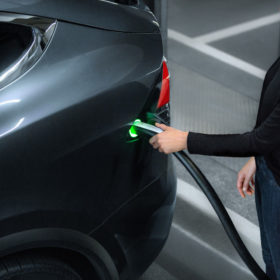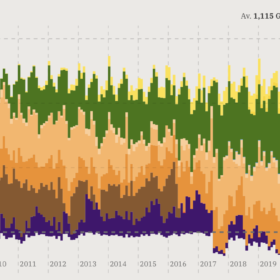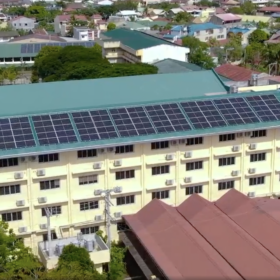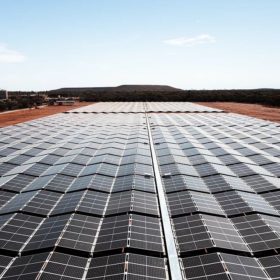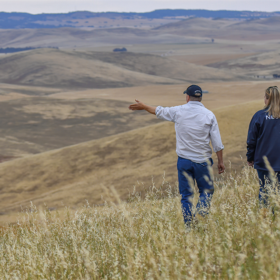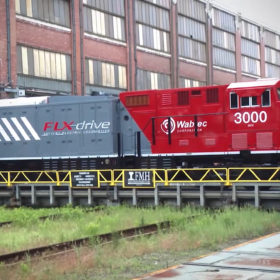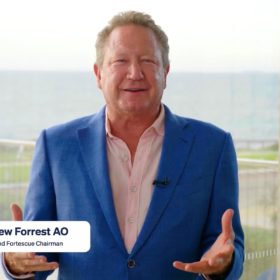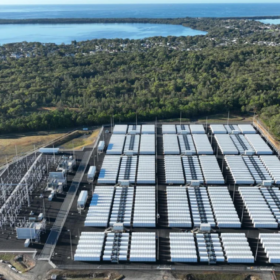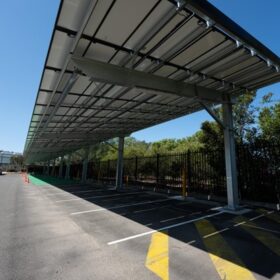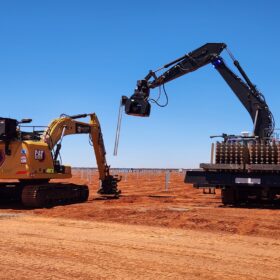Maoneng gets green light for $190 million Mornington Peninsula big battery
Australian renewable energy developer Maoneng’s 240 MWp/480 MWh big battery project proposed for Victoria’s Mornington Peninsula is a step closer to realisation after it secured development approval from the state government.
Studies show Dampier Bunbury Pipeline capable of 9% hydrogen blending, but underground storage less promising
Two Western Australian government funded studies into the transmission and storage of hydrogen have shown that the state’s main gas pipeline is, for large sections, ready for 9% hydrogen blending. However, in less promising news, another study found that the state’s underground storage capacity, including depleted oil and gas fields, are not proximate to the proposed 50GW Western Green Energy Hub or the 23GW Asian Renewable Energy Hub.
Tesla turns to Australian company to secure material for its EVs
Electric vehicle giant Tesla has inked an offtake deal with Australian miner Syrah Resources to supply battery-ready graphite as concerns over raw materials shortages continue.
One shining week in SA: state runs for 6.5 days on renewables
For just shy of a week leading up to December 29, South Australia sourced an average of 101% of its electricity demand from renewable energy.
Aussie developer completes Philippines university installation as it moves into burgeoning market
The Philippines arm of Australian renewable developer Maoneng has completed a 202.4 kWp installation on the rooftop of the Wesleyan University Philippines.
Solaris ex machina: 5B gets funding boost for solar installation robots
Sydney-based solar pioneer 5B has launched a $33.4 million tech innovation program, including a $14 million grant from the Australian Renewable Energy Agency, designed to accelerate the delivery of ultra low cost solar. While a majority of the investment is portioned off for an advanced manufacturing pilot line, approximately a third of the available funds will be used to deliver GPS-guided solar deployment robots.
Neoen starts work on its ‘most ambitious project’
French renewables developer Neoen has started early works on its Goyder Renewables Zone, just north of Adelaide in South Australia. When completed, the project is likely to be the country’s largest wind, solar and battery storage project.
Three major miners jump on electric train trend
In the past fortnight, Rio Tinto, Fortescue Metals, and now BHP Group have all announced they will buy electric trains to haul iron ore across Western Australia. All three companies will purchase their electric locomotives either from Progress Rail or Wabtec, both U.S based.
Victorian government doles out over $7 million toward green hydrogen applications in heavy transport
Transport accounts for approximately 20% of the Victoria’s emissions while also being one of the more hard to decarbonise sectors. Due to its commitment to halve its emissions by 2030, the Victorian government has announced over $7 million in grands for a number of projects seeking to commercialise real world applications in the transport sector powered by renewable hydrogen.
Fortescue partners with German raw materials giant Covestro in landmark green hydrogen supply deal
Fortescue Future Industries has taken another step toward its global green hydrogen ambitions with the signing of a Memorandum of Understanding with Germany polymer company Covestro for the equivalent of 100,000 tonnes of solar-sourced green hydrogen and its derivatives annually, starting as early as 2024.


